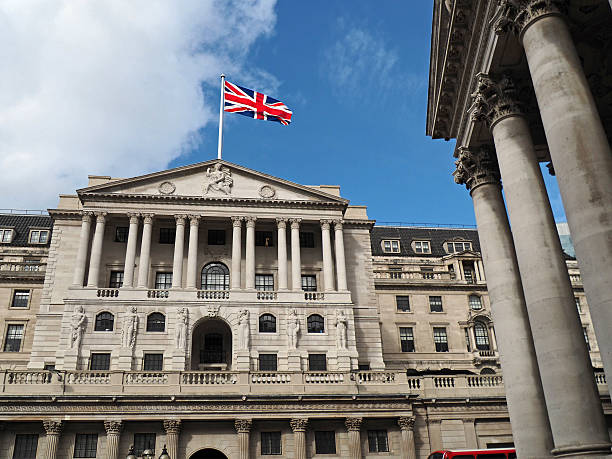- Mexican Peso trims losses but still set for over 2% weekly decline.
- US PCE Price Index signals steady inflation, boosting Fed rate cut expectations.
- Judiciary reform talks in Mexico start August 1, stirring economic and political concerns.
The Mexican Peso trimmed some losses against the US Dollar on Friday, yet it’s set to end the week with over 2% losses. The Federal Reserve’s preferred inflation measure, the Personal Consumption Expenditures (PCE) Price Index, came as expected annually and rose a tenth in core monthly figures. The USD/MXN trades at 18.39, down 0.28%.
Wall Street posted solid gains, reflected in the exotic pair as the peso advanced modestly, taking advantage of the greenback weakness, which tumbled more than 0.12% according to the US dollar index (DXY). Inflation data in the US shows some signs of stickiness. Yet, most analysts commented that the reading “shows enough progress,” according to a source cited by Bloomberg, hinting that the Fed could begin easing policy in September.
The CME FedWatch Tool depicts the chances of a 25-basis point cut in the September meeting at 100%.
Aside from this, the University of Michigan's Consumer Sentiment was higher than expected but trailed June’s reading. Regarding inflation, expectations were unchanged for a five-year period and ticked lower in the twelve months from July.
The Mexican currency shrugged off traders' concerns about talks of the judiciary reform, which are set to begin on August 1, aimed to lay the draft that could be approved once the new Mexican Congress begins its three-year period a month later.
Daily digest market movers: Mexican Peso recovers ground amid weak US Dollar
- Mexico’s July mid-month inflation data could deter the Bank of Mexico (Banxico) from easing policy amid the risks of second-round effects, which, according to Goldman Sachs economists, could broaden to components of core inflation.
- According to Citi Research, analysts now estimate that annual inflation will end at 4.30%, up from the previous forecast of 4.20%, with core inflation expected to finish 2024 at 4.0%. Mexico's economic growth is projected to slow, with an expected growth rate of 1.9%, down from 2.0% in the last poll.
- The US PCE in June rose by 0.1% MoM and 2.5% YoY; both figures came as expected, with the latter falling from 2.6%.
- Core PCE expanded 0.2% MoM above estimates, and May’s figure, while on an annual basis, rose by 2.6% higher than forecasts, unchanged compared to the prior month’s reading.
- The University of Michigan Consumer Sentiment survey, on its final reading, jumped to 66.4, missed projections of 66.
- Inflation expectations for one year lowered from 3% to 2.9%, while for a five-year period they were unchanged at 3%.
- Data by the Chicago Board of Trade (CBOT) shows that traders are pricing in 55 basis points (bps) of easing towards the end of the year, as shown by the December 2024 fed funds rate futures contract.
Technical analysis: Mexican Peso counterattacks, but USD/MXN uptrend remains
The USD/MXN is upward biased, even though the Peso strengthened and pushed prices below the 18.50 mark. Momentum shows bulls are in charge, with the Relative Strength Index (RSI) standing above the 50 neutral line.
For a trend acceleration, buyers need to clear the 18.50 figure. Once done, the next resistance would be the year-to-date (YTD) high at 18.99. A breach of the latter will expose the March 20, 2023, peak at 19.23 before challenging 19.50.
Conversely, if USD/MXN retreated beneath 18.00, that would pave the way to challenge the 50-day Simple Moving Average (SMA) at 17.74, the first support level. The next support would be the latest cycle low of 17.58; the July 12 high turned support. A breach of the latter will expose the January 23 peak at 17.38.

Banxico FAQs
The Bank of Mexico, also known as Banxico, is the country’s central bank. Its mission is to preserve the value of Mexico’s currency, the Mexican Peso (MXN), and to set the monetary policy. To this end, its main objective is to maintain low and stable inflation within target levels – at or close to its target of 3%, the midpoint in a tolerance band of between 2% and 4%.
The main tool of the Banxico to guide monetary policy is by setting interest rates. When inflation is above target, the bank will attempt to tame it by raising rates, making it more expensive for households and businesses to borrow money and thus cooling the economy. Higher interest rates are generally positive for the Mexican Peso (MXN) as they lead to higher yields, making the country a more attractive place for investors. On the contrary, lower interest rates tend to weaken MXN. The rate differential with the USD, or how the Banxico is expected to set interest rates compared with the US Federal Reserve (Fed), is a key factor.
Banxico meets eight times a year, and its monetary policy is greatly influenced by decisions of the US Federal Reserve (Fed). Therefore, the central bank’s decision-making committee usually gathers a week after the Fed. In doing so, Banxico reacts and sometimes anticipates monetary policy measures set by the Federal Reserve. For example, after the Covid-19 pandemic, before the Fed raised rates, Banxico did it first in an attempt to diminish the chances of a substantial depreciation of the Mexican Peso (MXN) and to prevent capital outflows that could destabilize the country.






